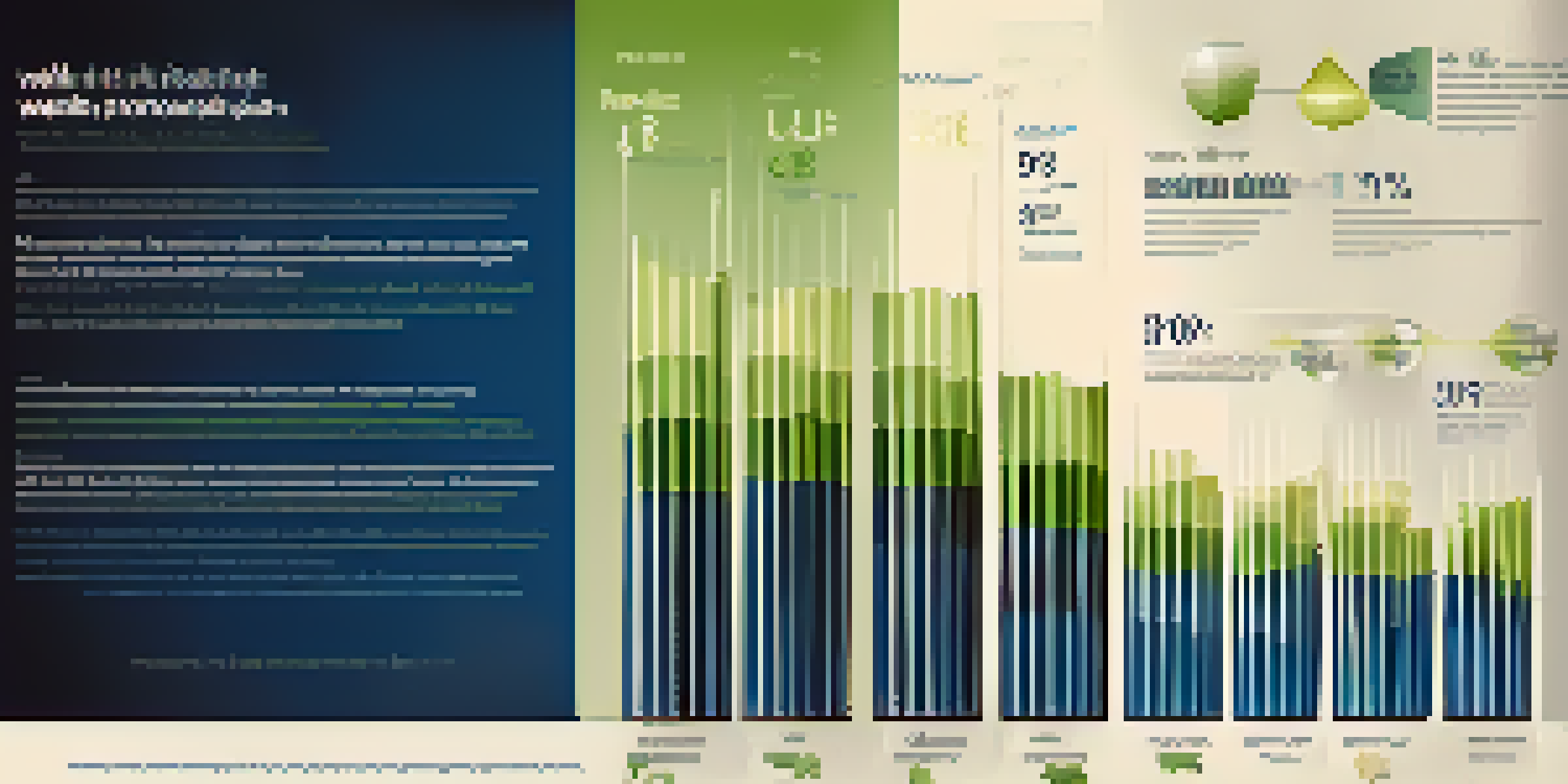How Bitcoin Influences Wealth Distribution Among Socioeconomic Classes

Understanding Wealth Distribution in Society
Wealth distribution refers to how assets are divided among different groups in society. This distribution can often highlight significant disparities between socioeconomic classes. For instance, the gap between the wealthiest individuals and the rest can affect opportunities, access to education, and overall quality of life.
Bitcoin: A Brief Overview
Bitcoin is a decentralized digital currency that operates on blockchain technology. Unlike traditional currencies, it is not controlled by any central authority, which gives it a unique position in the financial landscape. This decentralization can empower individuals, especially those excluded from the traditional banking system, by providing them with a means to participate in the economy.
Wealth Disparities in Society
Wealth distribution highlights significant disparities between socioeconomic classes, affecting opportunities and quality of life.
Bitcoin's Appeal to Lower Socioeconomic Classes
For many in lower socioeconomic classes, Bitcoin represents an opportunity for financial inclusion. With just a smartphone and internet access, individuals can invest in Bitcoin, potentially growing their wealth without needing a bank account. This accessibility can be life-changing, offering a path to financial stability in a system that often sidelined them.
Wealth Accumulation and Bitcoin Investment
Investing in Bitcoin can lead to significant wealth accumulation, particularly for early adopters. As Bitcoin's value has soared over the years, those who invested at the right time saw substantial returns. However, this also raises questions about the unequal distribution of wealth within the cryptocurrency space, where early investors disproportionately benefit.
Bitcoin's Role in Financial Inclusion
Bitcoin offers lower socioeconomic classes a chance for financial inclusion, enabling investment with just a smartphone and internet access.
Risks and Volatility in Bitcoin Investments
While Bitcoin offers potential for wealth growth, it is essential to acknowledge the risks involved. The cryptocurrency market is notoriously volatile, with prices fluctuating dramatically over short periods. This volatility can disproportionately affect low-income investors who may not have the financial cushion to absorb significant losses.
The Role of Education in Bitcoin Adoption
Education plays a crucial role in how different socioeconomic classes engage with Bitcoin. Understanding the fundamentals of cryptocurrency can empower individuals to make informed investment decisions. Unfortunately, access to quality financial education is often limited for lower-income groups, potentially widening the wealth gap.
Risks of Bitcoin Investment
While Bitcoin can lead to wealth growth, its volatility poses risks, particularly for low-income investors without financial cushions.
Bitcoin Mining and Its Socioeconomic Impact
Bitcoin mining, the process of validating transactions and adding them to the blockchain, has its own set of socioeconomic implications. While it can create jobs and stimulate local economies, it often requires substantial investment in technology and energy. This creates a barrier for lower-income individuals, limiting their ability to benefit from mining activities.
The Future of Wealth Distribution with Bitcoin
Looking ahead, the future of wealth distribution influenced by Bitcoin remains uncertain. As cryptocurrency becomes more mainstream, it could either bridge or further widen the wealth gap. Ultimately, how society addresses the challenges and opportunities presented by Bitcoin will shape its impact on wealth distribution among socioeconomic classes.
Wealth Disparities and Bitcoin
Bitcoin can potentially offer financial inclusion to lower socioeconomic classes, yet it also highlights existing wealth disparities within the cryptocurrency space.